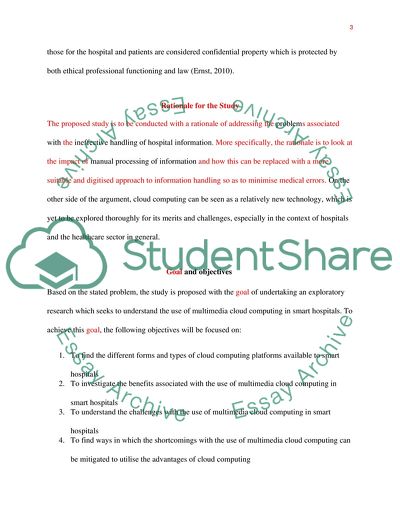Cite this document
(Multimedia Cloud Computing for Smart Hospitals Thesis Proposal Example | Topics and Well Written Essays - 2000 words, n.d.)
Multimedia Cloud Computing for Smart Hospitals Thesis Proposal Example | Topics and Well Written Essays - 2000 words. https://studentshare.org/information-technology/1850096-multimedia-cloud-computing-for-smart-hospitals-or-smart-organizations
Multimedia Cloud Computing for Smart Hospitals Thesis Proposal Example | Topics and Well Written Essays - 2000 words. https://studentshare.org/information-technology/1850096-multimedia-cloud-computing-for-smart-hospitals-or-smart-organizations
(Multimedia Cloud Computing for Smart Hospitals Thesis Proposal Example | Topics and Well Written Essays - 2000 Words)
Multimedia Cloud Computing for Smart Hospitals Thesis Proposal Example | Topics and Well Written Essays - 2000 Words. https://studentshare.org/information-technology/1850096-multimedia-cloud-computing-for-smart-hospitals-or-smart-organizations.
Multimedia Cloud Computing for Smart Hospitals Thesis Proposal Example | Topics and Well Written Essays - 2000 Words. https://studentshare.org/information-technology/1850096-multimedia-cloud-computing-for-smart-hospitals-or-smart-organizations.
“Multimedia Cloud Computing for Smart Hospitals Thesis Proposal Example | Topics and Well Written Essays - 2000 Words”. https://studentshare.org/information-technology/1850096-multimedia-cloud-computing-for-smart-hospitals-or-smart-organizations.


